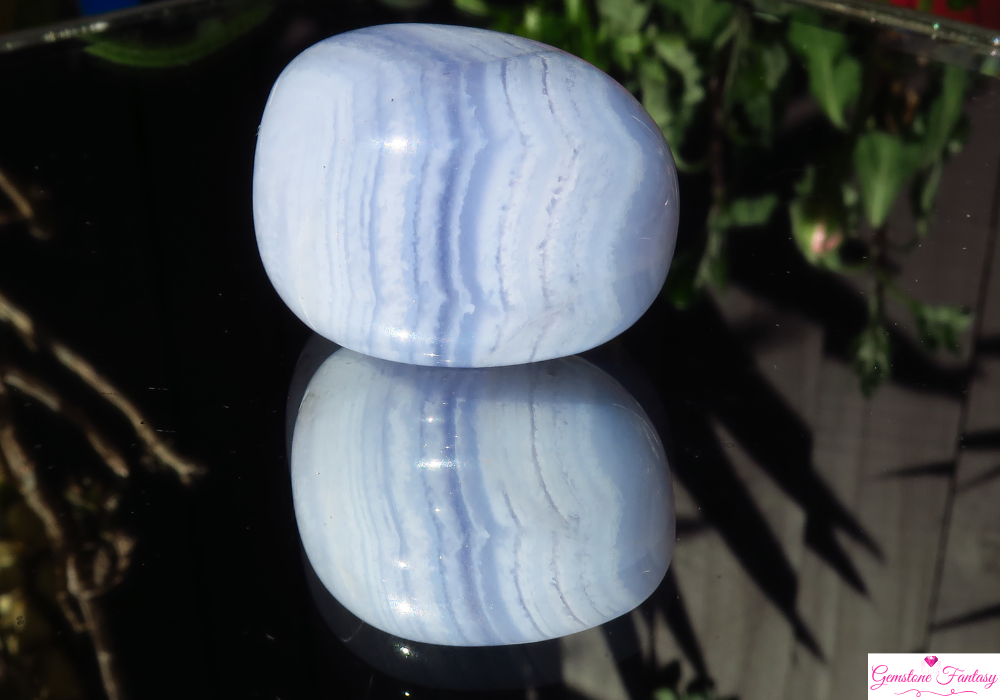Rhodolite is a captivating gemstone that belongs to the garnet family, distinguished by its vibrant shades of pink, red, and purple. Known for its brilliance, clarity, and affordability, rhodolite is a favorite choice for jewelry enthusiasts and collectors alike. Its name is derived from the Greek words “rhodon” meaning rose and “lithos” meaning stone, aptly capturing its rose-like hues. While rhodolite is not as well-known as diamonds or rubies, its stunning beauty and affordability make it an excellent alternative in fine jewelry.
Geological Formation
Rhodolite is a variety of pyrope garnet, and its unique color comes from a mixture of pyrope and almandine within its crystal structure. It is typically formed in metamorphic rocks under high-pressure conditions where minerals are transformed by heat and pressure.
Rhodolite deposits are found in several regions around the world, with some of the most notable sources located in the USA (North Carolina), Tanzania, Sri Lanka, Zimbabwe, Brazil, and Madagascar. The quality of rhodolite can vary depending on the origin, with African stones often being among the most prized for their rich color and clarity.
Varieties and Classifications
Rhodolite is known for its striking hues, which range from soft pink to deep purplish-red. It is often classified by its color intensity and tone:
- Light Pink Rhodolite: Exhibits softer, pastel-like tones of pink and is often favored for its feminine appeal.
- Deep Raspberry Rhodolite: The most sought-after variety, with vibrant, rich raspberry hues that reflect well in light.
- Purplish-Red Rhodolite: Offers a blend of red and violet, which gives the gemstone a royal, luxurious appearance.
While most rhodolite stones are free of inclusions, high-quality stones display excellent transparency and brilliance, making them ideal for gemstone faceting.
Cultural Significance and Folklore
Throughout history, garnets have been cherished for their rich symbolism and associations with protection, love, and strength. Rhodolite, as a variety of garnet, inherits many of these qualities. In ancient times, garnets were often used as talismans by travelers to ward off danger and to signify passion and vitality.
Rhodolite’s red and pink hues are associated with the heart, symbolizing love, compassion, and emotional healing. Some believe it can enhance personal relationships and promote self-love, making it a popular stone for couples or those seeking to deepen their emotional connections.
Birthstone and Zodiac Connections
Rhodolite is not traditionally recognized as a birthstone, but garnet, its parent mineral, is the birthstone for January. This makes rhodolite an excellent alternative for those born in January who prefer pink or purple tones over the traditional red garnet.
Rhodolite is also associated with the zodiac signs Aquarius (January 20 – February 18) and Leo (July 23 – August 22). Aquarians may find rhodolite’s gentle energy complements their independent nature, while Leos may be drawn to its royal hues, which reflect their bold and confident personality.
Healing and Metaphysical Properties
Rhodolite is admired in crystal healing for its gentle yet powerful energy. Many believe it has a variety of metaphysical properties that benefit both the body and mind:
- Emotional Healing: Rhodolite is associated with the heart chakra and is believed to promote emotional healing, compassion, and self-love. It is thought to help release negative emotions such as fear, anxiety, and anger, replacing them with feelings of peace and harmony.
- Inspiration and Creativity: The stone is also said to stimulate creativity and inspire passion, making it an ideal choice for artists, writers, and those seeking inspiration in their work.
- Energy and Vitality: Like other garnets, rhodolite is believed to enhance energy levels and boost vitality. It is said to help align the body’s energy flow, promoting physical endurance and emotional resilience.
- Love and Relationships: Rhodolite is thought to encourage love and emotional balance. It is often used in rituals or meditations to strengthen relationships or attract new love into one’s life.
Popular Uses in Jewelry and Design
Rhodolite’s stunning color and brilliance make it a popular choice in various forms of jewelry, including rings, earrings, necklaces, and bracelets. Its affordability compared to other precious stones like ruby or sapphire makes it accessible to a wider audience, without compromising on beauty.
- Engagement Rings: Rhodolite is increasingly popular as an alternative to traditional diamonds for engagement rings, particularly for those seeking a unique, romantic gemstone.
- Pendants and Necklaces: Its vibrant color pairs beautifully with white or yellow gold, creating eye-catching pendants and statement necklaces.
- Earrings: Rhodolite is frequently used in stud earrings and drop designs, where its brilliance can shine through and complement a variety of outfits.
- Vintage and Antique Jewelry: Rhodolite is a common feature in vintage or antique jewelry, especially pieces from the Victorian era when garnet gemstones were highly prized.
How to Identify Authentic Rhodolite
To identify an authentic rhodolite, there are several characteristics to look for:
- Color: Authentic rhodolite has a rich, deep red or pink hue with a hint of violet. It does not display the darker, brownish tones seen in some other varieties of garnet.
- Clarity: High-quality rhodolite is generally free of visible inclusions. Stones with good transparency are more valuable.
- Hardness: Rhodolite has a hardness of 7 to 7.5 on the Mohs scale, making it a durable gemstone suitable for everyday wear.
- Refractive Index: Rhodolite has a refractive index of around 1.76 to 1.77, giving it a brilliant shine when faceted.
Tips for Caring and Storing
Rhodolite is a relatively hard gemstone, but it still requires proper care to maintain its beauty:
- Cleaning: Clean rhodolite jewelry with warm, soapy water and a soft brush. Avoid harsh chemicals or ultrasonic cleaners, as they may damage the stone over time.
- Storage: Store rhodolite separately from other gemstones to prevent scratching. Use a soft pouch or fabric-lined jewelry box to keep it safe.
- Avoid Heat: Prolonged exposure to high temperatures or direct sunlight can cause the gemstone’s color to fade. Store it in a cool, dry place away from direct light when not in use.
Market Trends and Pricing
Rhodolite is an affordable gemstone, though its price can vary based on the color, size, and clarity of the stone. Smaller stones or those with less intense color are generally priced lower, while larger, high-quality rhodolites with vivid hues can fetch higher prices.
In recent years, rhodolite has become increasingly popular as a unique alternative to more expensive stones like rubies or sapphires, particularly in the engagement ring market. Its combination of affordability, durability, and vibrant color makes it an appealing choice for those seeking distinctive, high-quality gemstones at a reasonable price.
Final Thoughts
Rhodolite is a gemstone that offers the perfect blend of beauty, durability, and affordability. Whether you are drawn to its vibrant colors, its emotional healing properties, or its versatility in jewelry, rhodolite is a gemstone that stands out in both appearance and value. With proper care and attention, rhodolite can bring lasting joy and elegance, whether worn as a daily accessory or as a cherished piece of fine jewelry.

















